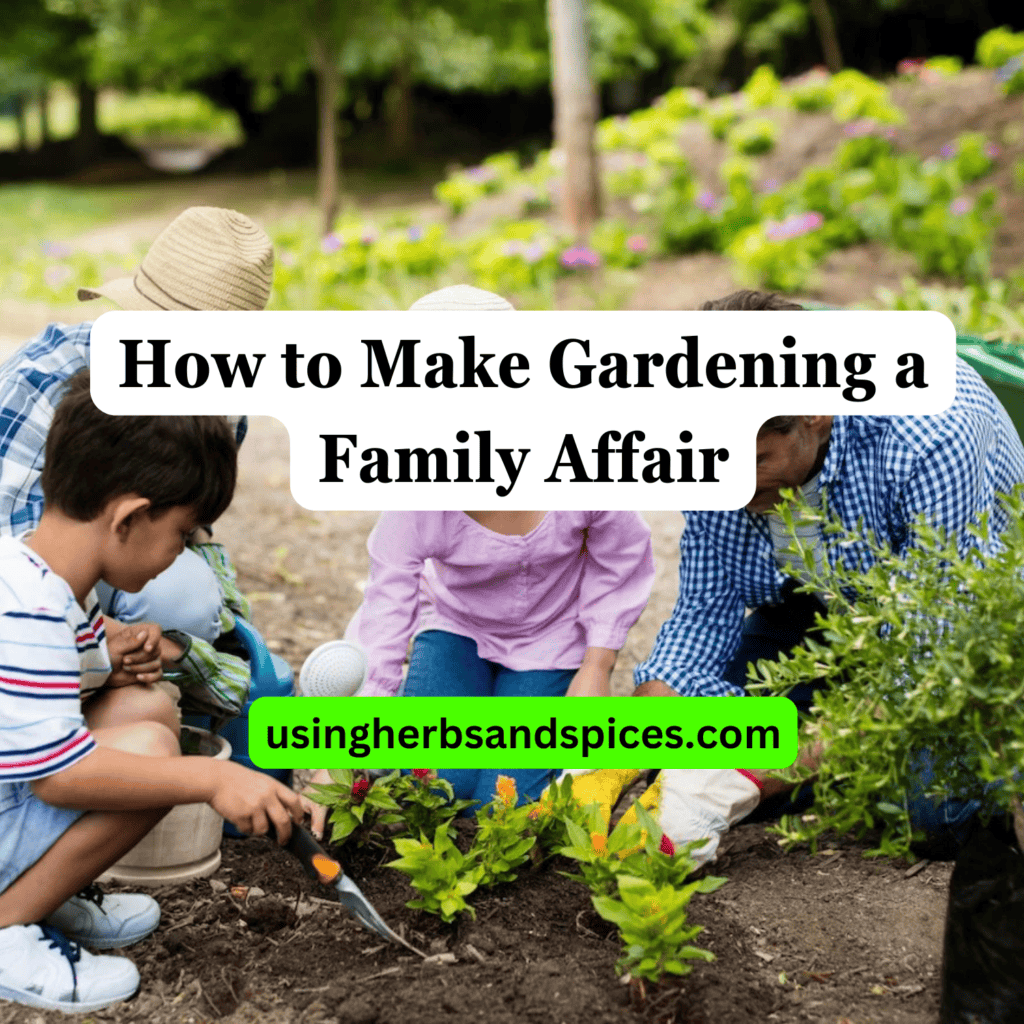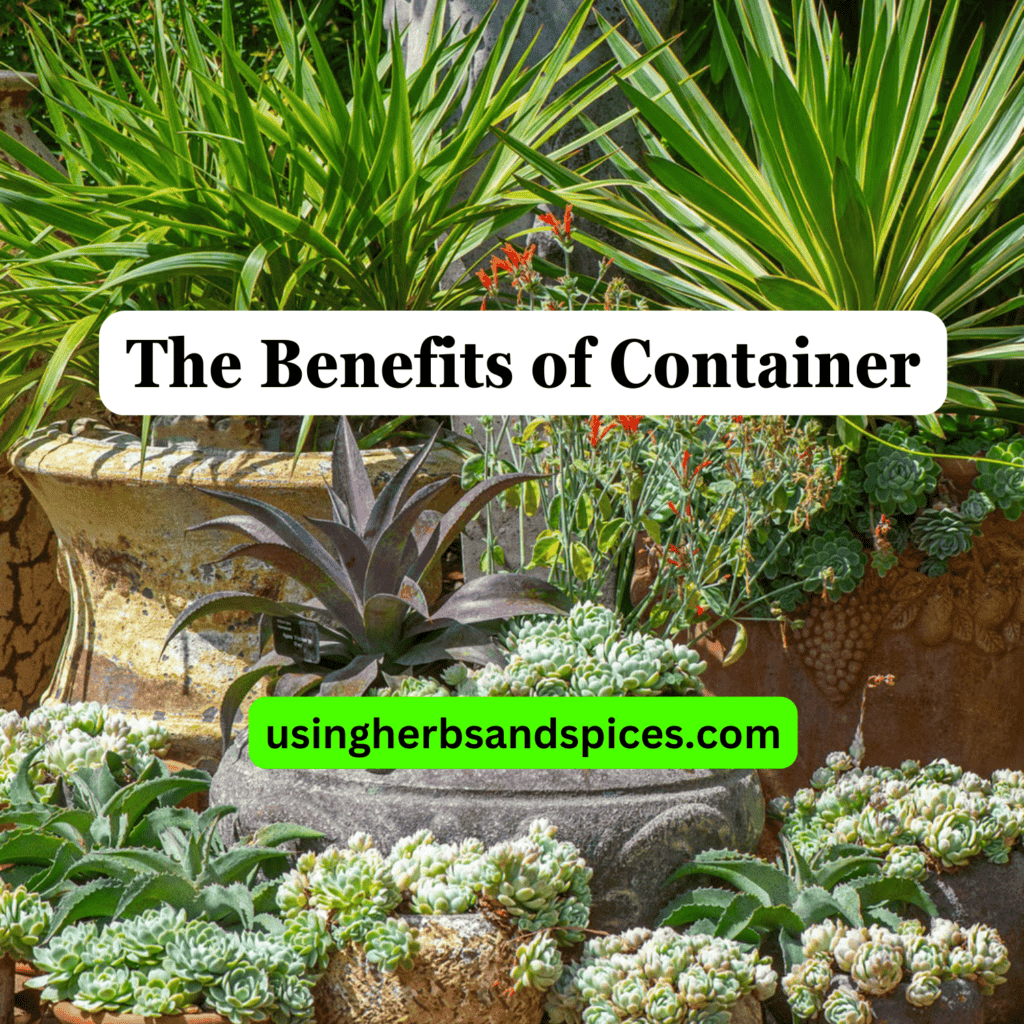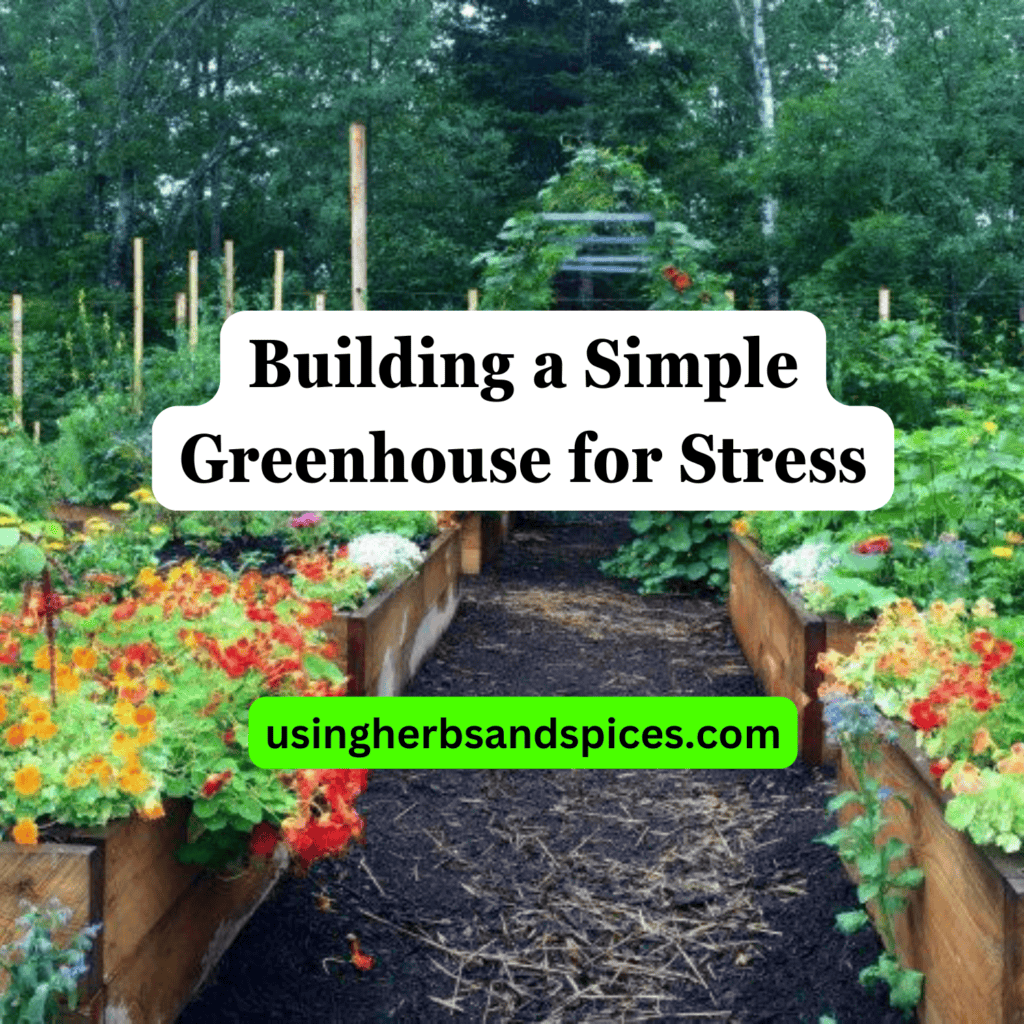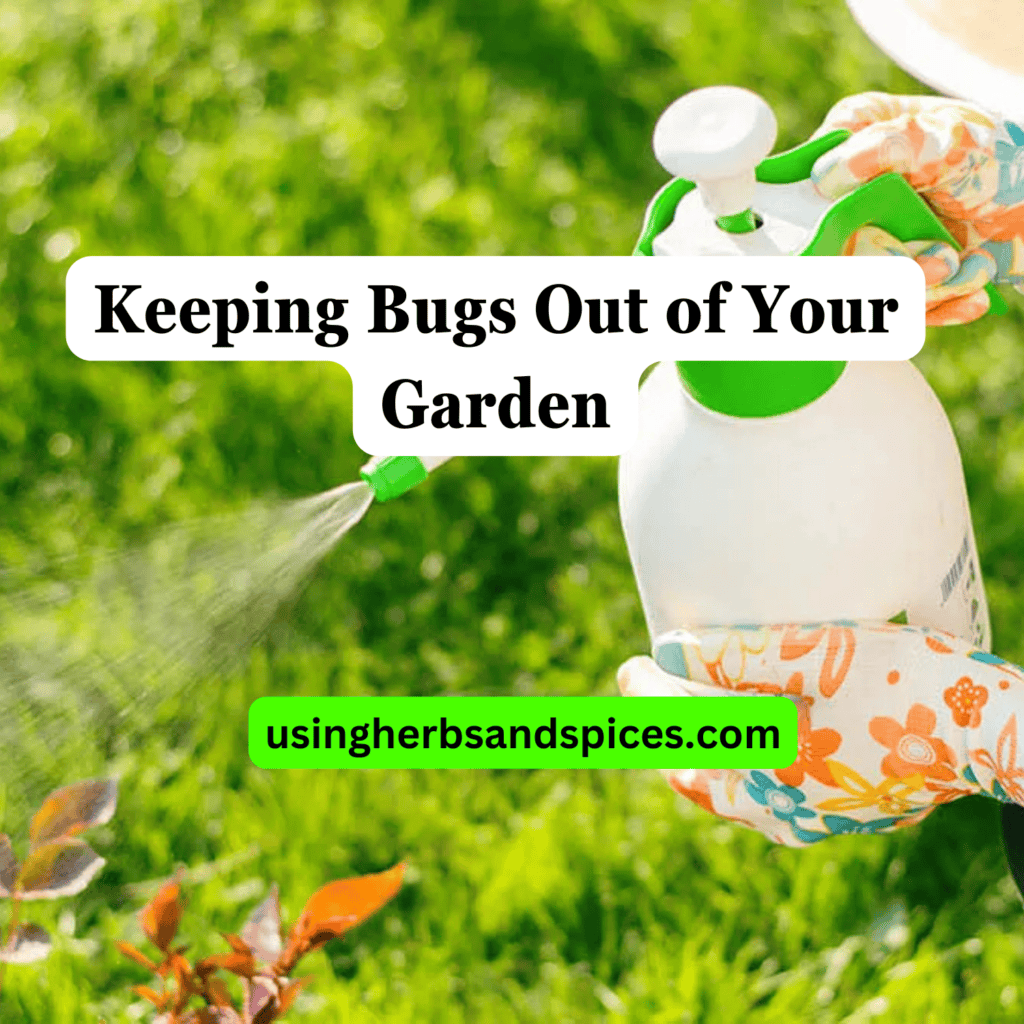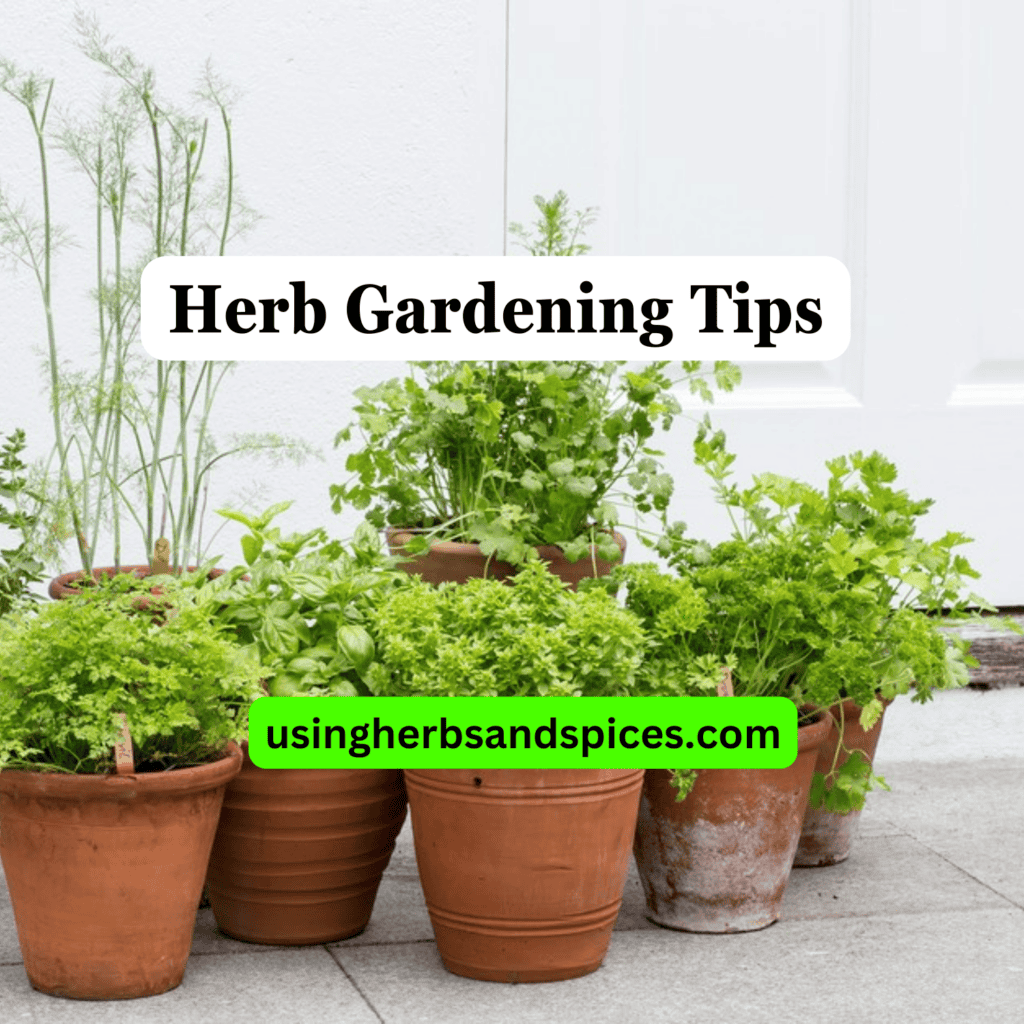Aquaponic gardening is an innovative and highly efficient method of organic gardening that combines aquaculture (fish farming) with hydroponics (growing plants in water without soil). In this system, fish and plants work symbiotically: fish produce waste, which is broken down into nutrients by beneficial bacteria, and these nutrients are then absorbed by plants. In turn, the plants help purify the water, creating a balanced ecosystem.
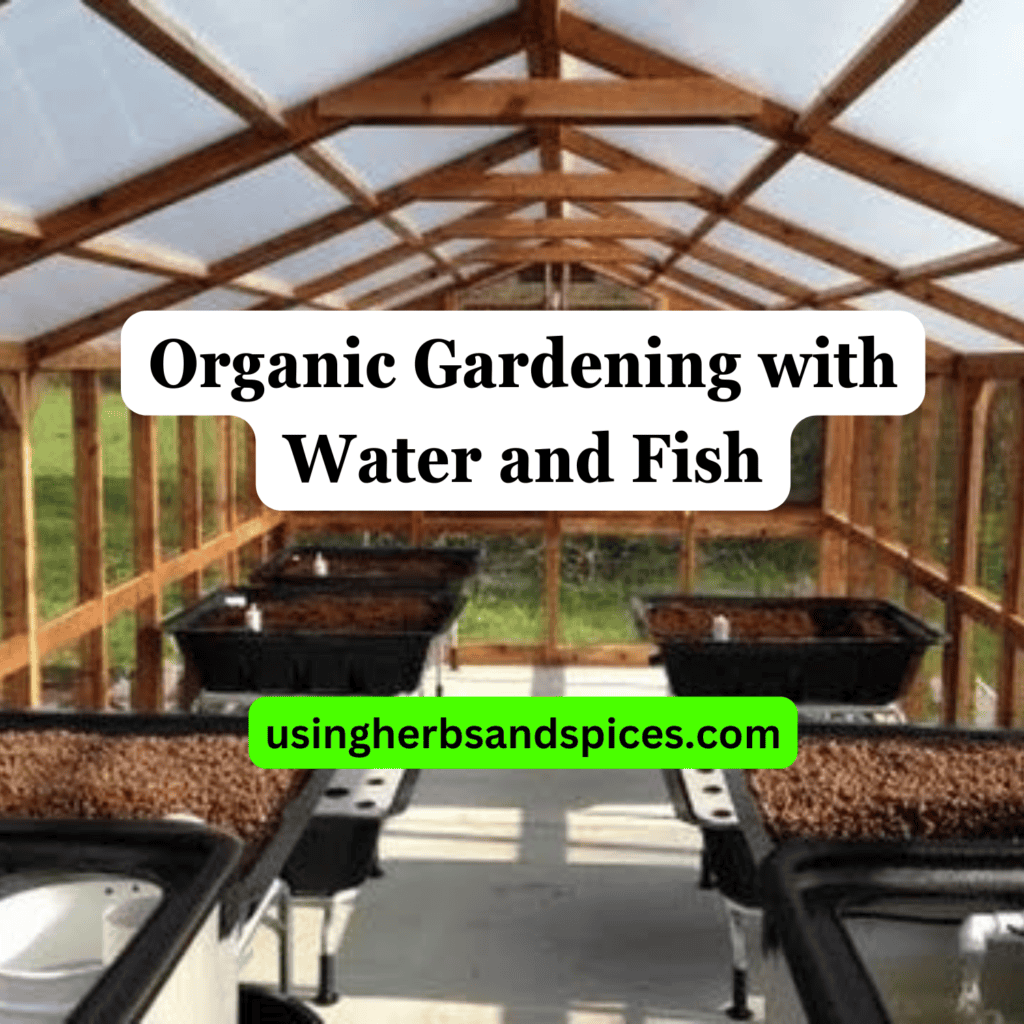
Key Benefits of Aquaponic Gardening:
Sustainability: Aquaponics uses about 10% of the water required in traditional soil gardening, making it an eco-friendly option.
High Yield: This system allows for faster growth and up to six times the production compared to traditional soil gardens.
Minimal Maintenance: Once the system is set up, it requires little maintenance. There’s no weeding, minimal fertilization (as the fish provide it), and a reduced need for pest control.
Versatility: You can set up an aquaponic system almost anywhere — indoors, outdoors, in small or large spaces, making it accessible to everyone.
No Soil Dependency: Aquaponic gardening is perfect for areas with poor soil quality since no soil is needed.
Choosing the Right Fish:
Commonly used fish include tilapia (a hardy and adaptable fish), catfish, bass, and even ornamental species like Koi and goldfish. If you want to harvest fish for consumption, edible varieties like tilapia or bass are ideal. The key is selecting freshwater fish suited to the climate and temperature of your system.
How It Works:
Fish Waste: Fish produce waste rich in ammonia.
Nitrifying Bacteria: Bacteria convert the ammonia into nitrates, a form of nitrogen that plants can absorb.
Plant Absorption: Plants absorb the nutrients and clean the water.
Filtered Water: The clean water returns to the fish tank, maintaining a balanced and healthy environment for the fish.
Minimal Work Involved:
Once established, the system runs itself. The main tasks are feeding the fish, checking water pH and temperature, and harvesting your vegetables. Since the fish naturally fertilize the plants, you don’t need to add chemical fertilizers or worry about over/under-watering.
Types of Plants Grown:
You can grow a wide variety of vegetables, including tomatoes, lettuce, cucumbers, herbs, leafy greens, and root vegetables like carrots. Since plants in aquaponic systems grow faster, you can cycle through more harvests in a season.
Conclusion:
Aquaponic gardening is an efficient, eco-friendly way to grow your own food. It reduces water use, eliminates soil-related issues, and provides an abundance of fresh vegetables — all while maintaining a sustainable and low-maintenance system. Whether you’re a novice gardener or an experienced one, aquaponics offers an innovative solution to organic gardening.

